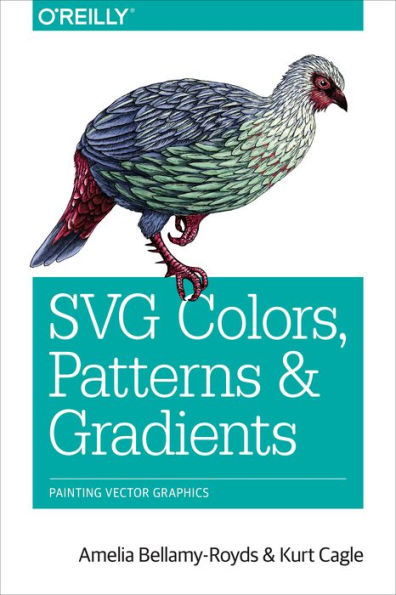As a vector graphics format, SVG uses precisely-defined geometric shapes to build an image. But that doesn't mean that SVG graphics have to look like technical drawings. SVG graphics can be shaded, textured, built from partially-transparent overlapping layers, or even filled with photographic images.
SVG Colors, Patterns, and Gradients takes an in-depth look at the different ways SVG text and shapes can be painted on the screen or page. You’ll start with an overview of how color is defined, including the various ways you can control the transparency of SVG content. You’ll then dive deep into the concept of an SVG paint server: gradients, patterns, and other complex graphical content that can be used to fill-in or outline other SVG shapes and text.
As a vector graphics format, SVG uses precisely-defined geometric shapes to build an image. But that doesn't mean that SVG graphics have to look like technical drawings. SVG graphics can be shaded, textured, built from partially-transparent overlapping layers, or even filled with photographic images.
SVG Colors, Patterns, and Gradients takes an in-depth look at the different ways SVG text and shapes can be painted on the screen or page. You’ll start with an overview of how color is defined, including the various ways you can control the transparency of SVG content. You’ll then dive deep into the concept of an SVG paint server: gradients, patterns, and other complex graphical content that can be used to fill-in or outline other SVG shapes and text.

SVG Colors, Patterns & Gradients: Painting Vector Graphics
310
SVG Colors, Patterns & Gradients: Painting Vector Graphics
310Related collections and offers

Product Details
| ISBN-13: | 9781491933695 |
|---|---|
| Publisher: | O'Reilly Media, Incorporated |
| Publication date: | 10/05/2015 |
| Sold by: | Barnes & Noble |
| Format: | eBook |
| Pages: | 310 |
| File size: | 10 MB |
